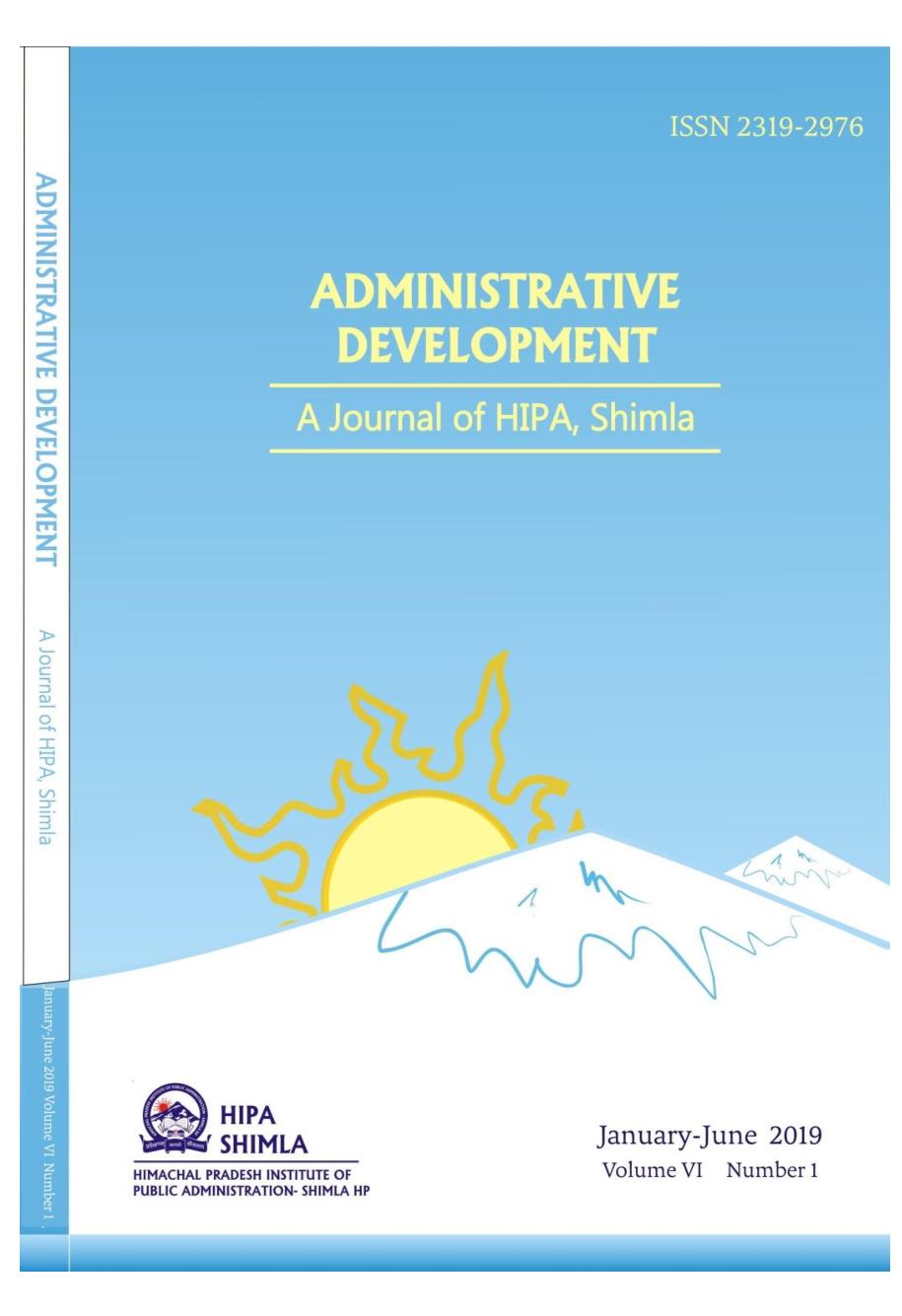DEVELOPMENT OF CONTEXTUAL FRAMEWORK FOR SUPPLY CHAIN MANAGEMENT PRACTICES USING INTERPRETIVE STRUCTURAL MODELLING
Keywords:
Supply Chain Management (SCM), Supply Chain Performance, Interpretive structural modellingAbstract
Supply Chain Management (SCM) is gaining increasing interest among researchers and practitioners of operations and supply chain management to improve performance across the entire business enterprise. The growing importance of SCM is driven as it is one of the most important areas for competitiveness and growth of industries. The supply chain is associated set of resources and processes that begins with the sourcing of raw materials and extends through to the delivery of end items to the final customer. The study has endeavoured to review some of the supply chain practices and identified factors responsible for choosing best SCM practices. The purpose of this research study is to develop the contextual framework for supply chain management practices and to establish relationship among them using interpretive structural modelling (ISM) and present a hierarchy based model of the practices. It will help the managers to know the importance of key supply chain practices and how these dimensions influence the supply chain performance. Finally, limitations, managerial implications, and scope of future study are presented at the end of this paper.

Downloads
Published
How to Cite
Issue
Section
License
Upon acceptance of an article, authors will be asked to complete a 'Journal Publishing Agreement'. An e-mail will be sent to the corresponding author confirming receipt of the manuscript together with a 'Journal Publishing Agreement' form or a link to the online version of this agreement.
Subscribers may reproduce tables of contents or prepare lists of articles including abstracts for internal circulation within their institutions. Permission of the Publisher is required for resale or distribution outside the institution and for all other derivative works, including compilations and translations. If excerpts from other copyrighted works are included, the author(s) must obtain written permission from the copyright owners and credit the source(s) in the article. As a general rule, permission should be sought from the rights holder to reproduce any substantial part of a copyrighted work. This includes any text, illustrations, charts, tables, photographs, or other material from previously published sources.
This journal permits and encourages authors to post items submitted to the journal on personal websites or institutional repositories both prior to and after publication, while providing bibliographic details that credit, if applicable, its publication in this journal.
